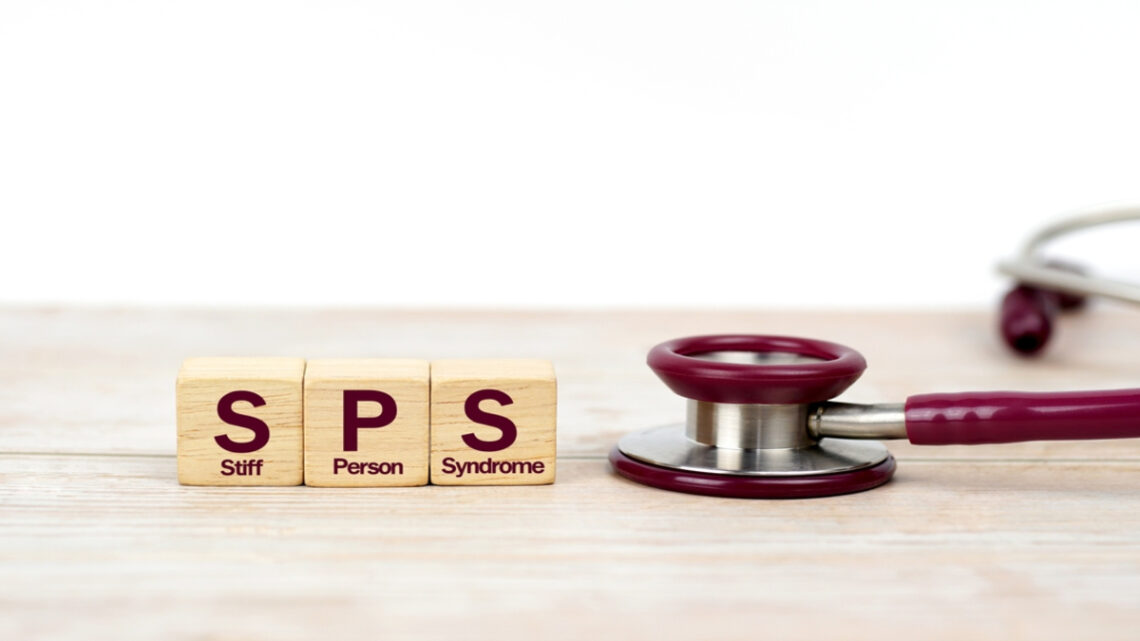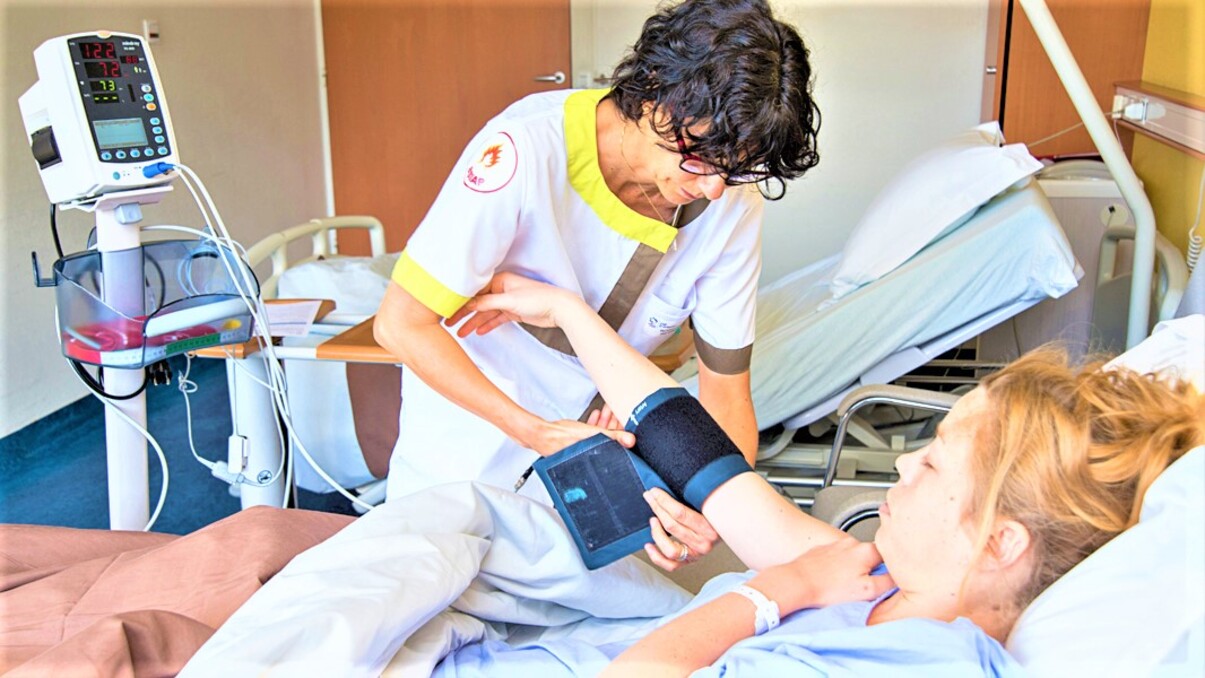Stiff-Person Syndrome (SPS) is a rare neurological disorder that profoundly impacts the lives of those affected. In this comprehensive guide, we delve into the depths of Stiff-Person Syndrome, shedding light on its causes, symptoms, and available treatment options. Whether you’re a patient, caregiver, or simply curious about rare diseases, this article will provide you with a wealth of knowledge and understanding.
I. What is Stiff-Person Syndrome?
Stiff-Person Syndrome, also known as SPS or Moersch-Woltman Syndrome, is a rare and complex neurological disorder that primarily affects the muscles and nervous system. Individuals with SPS experience exaggerated muscle stiffness, spasms, and debilitating episodes that can make even the simplest tasks challenging. The exact cause of SPS remains unclear, although it is believed to involve an autoimmune response targeting specific proteins in the brain and spinal cord.
II. Understanding the Symptoms
The hallmark symptom of Stiff-Person Syndrome is muscle stiffness, which typically starts in the trunk and gradually spreads to other parts of the body. SPS episodes can be triggered by various factors such as emotional stress, sudden movements, or even unexpected noises. In addition to stiffness, individuals with SPS may also experience muscle spasms, balance problems, and heightened sensitivity to external stimuli. These symptoms can severely impact daily life, leading to reduced mobility and functional limitations.
III. Unraveling the Causes
While the exact causes of Stiff-Person Syndrome remain elusive, researchers believe that both genetic and environmental factors contribute to its development. Certain genetic variations are associated with an increased risk of developing SPS, although additional triggers, such as viral infections or hormonal changes, may be necessary for the disease to manifest. Further studies are needed to unravel the intricate interplay between these factors and their role in triggering SPS.
IV. Diagnosing Stiff-Person Syndrome
Diagnosing Stiff-Person Syndrome can be challenging, as its symptoms can mimic those of other neurological disorders. A comprehensive evaluation, including a detailed medical history, physical examination, and specialized tests such as electromyography (EMG), can aid in the diagnosis. Additionally, laboratory tests may be conducted to rule out other conditions and support the diagnosis of SPS. Early detection and accurate diagnosis are crucial for initiating appropriate treatment strategies.
V. Treatment Options and Management
While there is no known cure for Stiff-Person Syndrome, various treatment approaches can help manage its symptoms and improve quality of life. Treatment plans are typically personalized to address individual needs and may involve a combination of medications to reduce muscle stiffness and spasms. Physical and occupational therapy can also play a significant role in maintaining mobility, managing pain, and improving overall functionality. Psychological support, including counseling and support groups, can provide emotional assistance to individuals and their families.
VI. Coping with Stiff-Person Syndrome
Living with Stiff-Person Syndrome can be challenging, but it is essential to focus on coping strategies and lifestyle modifications that can enhance well-being. Implementing stress-management techniques, seeking social support, and adapting the environment to accommodate physical limitations can make a significant difference. Additionally, staying informed about the latest research and advancements in SPS can empower individuals and provide hope for future treatments.
Conclusion
Stiff-Person Syndrome is a rare neurological disorder that significantly impacts the lives of those affected. By raising awareness and understanding of this condition, we can support patients, caregivers, and the medical community in their journey towards improved diagnosis, treatment, and management. Remember, knowledge is power, and together we can work towards unraveling the mysteries of Stiff-Person Syndrome, bringing hope to those who need it most.





